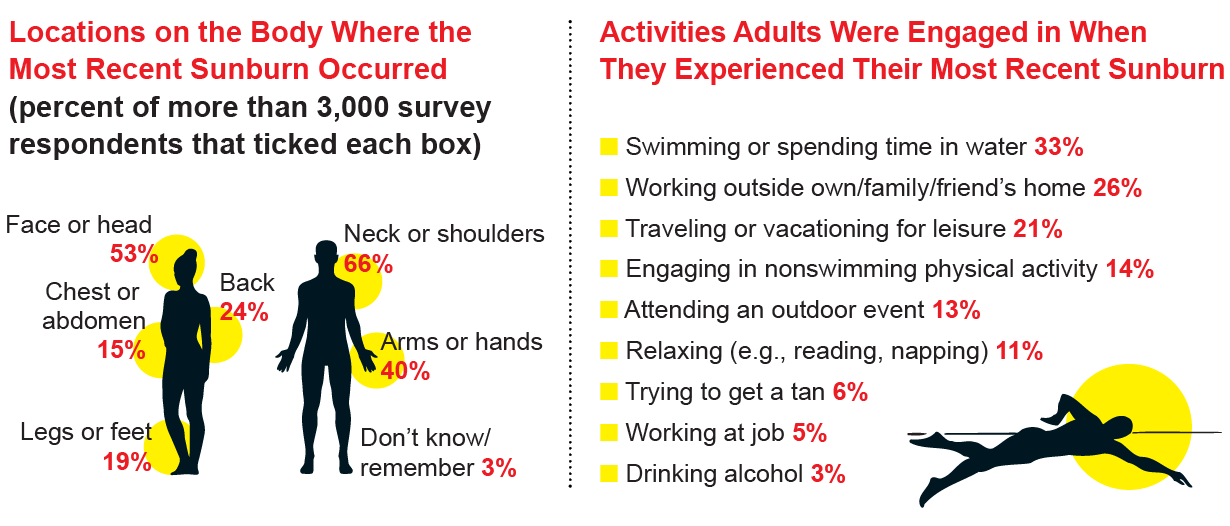Skin cancer is the most common form of cancer, and because older people make up a greater share of the population in many places, including the U.S., it is on the rise. The main cause of skin cancer is exposure to the sun’s ultraviolet rays, but the risk varies greatly across the globe because of differences in skin pigmentation—which protects against skin cancer—and the amount of direct sunlight that regions receive. “Skin melanoma is nearly 30 times higher in whites than in Blacks,” says Ahmedin Jemal, a cancer epidemiologist at the American Cancer Society. “And even in white populations there is a difference in susceptibility—those with fairer skin, blue eyes and blond hair are more susceptible.”
Yet there are reasons for optimism. New treatments for skin cancer, including immunotherapy, have helped raise survival rates, which are now around 93 percent after five years for people diagnosed with melanoma relative to the general population.
Credit: MSJONESNYC; Source: GLOBOCAN 2020; Global Cancer Observatory; International Agency for Research on Cancer 2022
The Where and When of Sunburns in the U.S.
A May 2021 study in the American Journal of Preventive Medicine analyzed a survey of more than 4,000 U.S. adults to find out what people were doing when they got sunburned and where burns occurred. Although sunburns are a major risk factor for skin cancer, exposure that doesn’t lead to a burn can still be harmful, Jemal says. “It’s important not to think you’re safe just because you’re not getting sunburned.”

Credit: MSJONESNYC; Source: “The Context of Sunburn among U.S. Adults: Common Activities and Sun Protection Behaviors,” by Dawn M. Holman et al., in American Journal of Preventive Medicine, Vol. 60; May 2021

